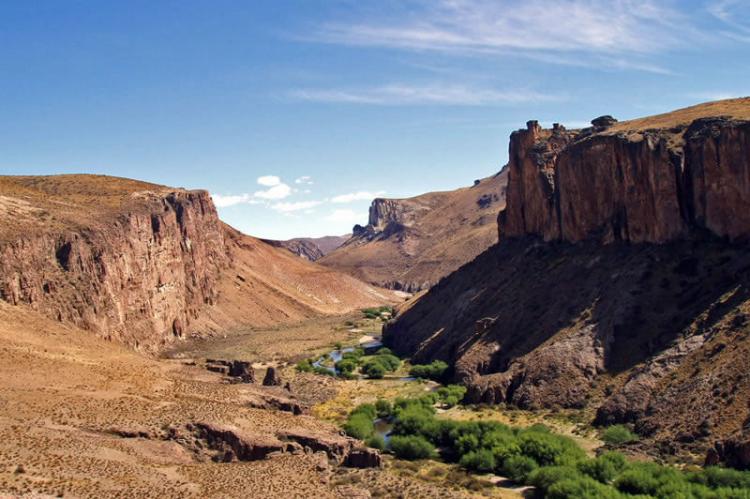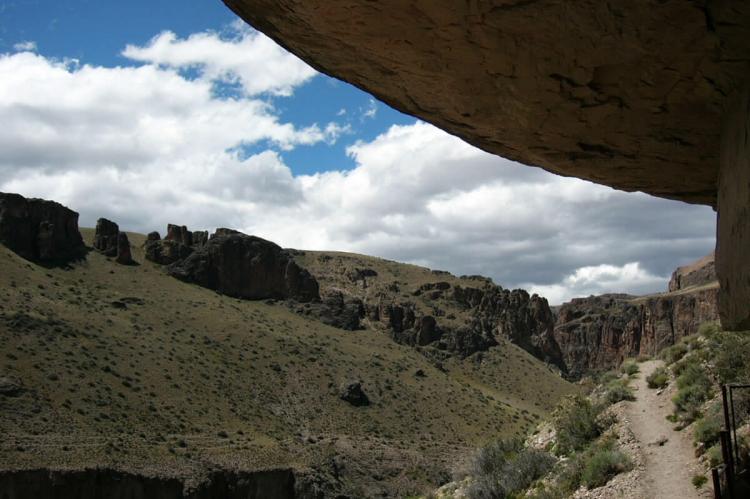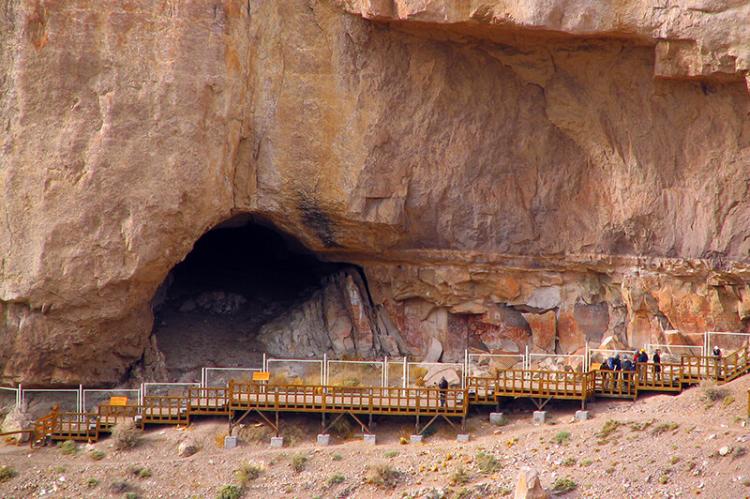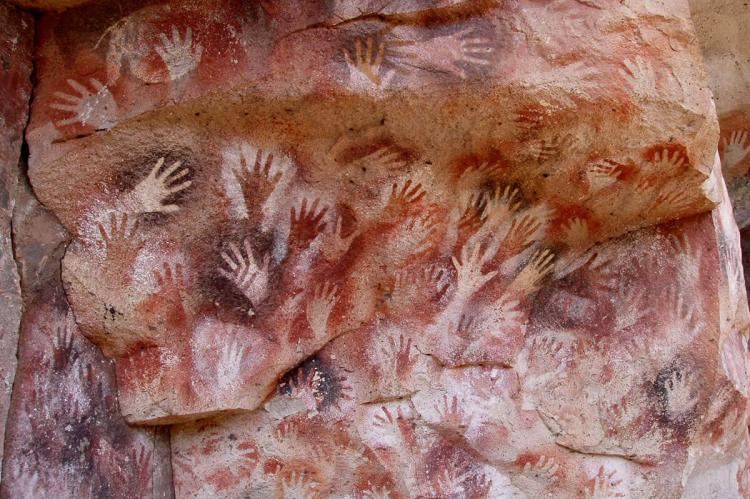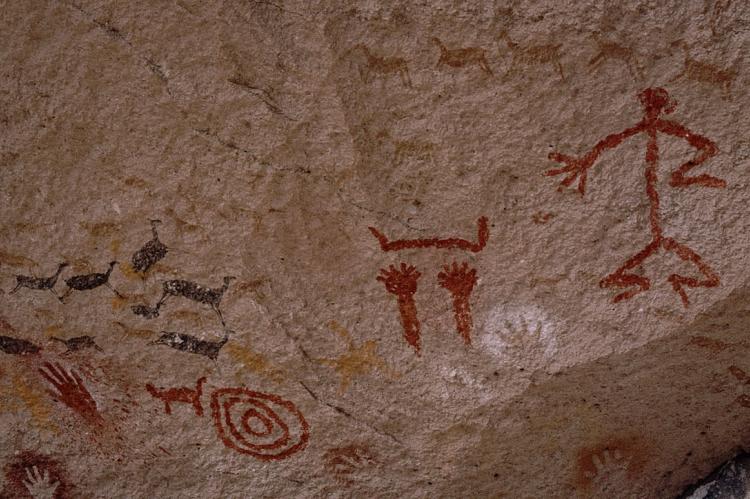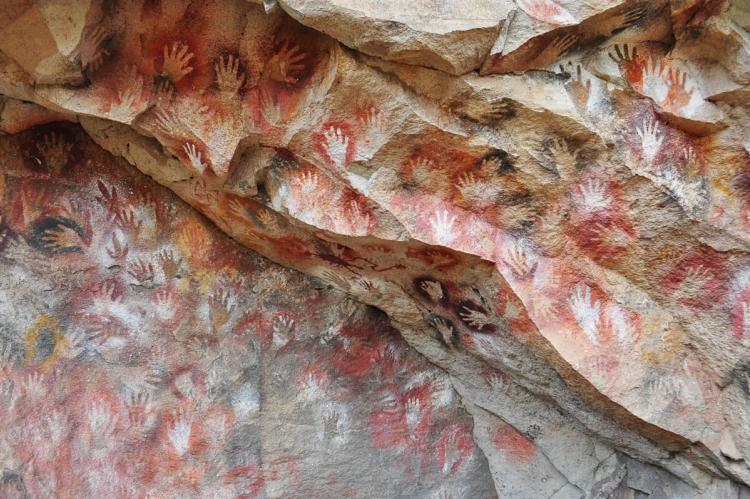Cueva de las Manos (Argentina)
Nestled in Patagonia, Argentina's remote and rugged landscape, the Cueva de las Manos, or Cave of Hands, is an archaeological and cultural treasure. This UNESCO World Heritage Site offers a remarkable glimpse into the artistic expressions of ancient inhabitants.
Cueva de las Manos
Unveiling Ancient Art in Patagonia
Nestled in Patagonia, Argentina's remote and rugged landscape, the Cueva de las Manos, or Cave of Hands, is an archaeological and cultural treasure. This site offers a remarkable glimpse into the artistic expressions of ancient inhabitants. In 1999, UNESCO recognized the Cueva de las Manos as a World Heritage Site, celebrating its historical significance and the striking prehistoric rock art it preserves.
Historical Significance
The Cueva de las Manos is believed to have been inhabited for thousands of years, with the earliest human presence dating back to approximately 10,000 years ago. It was significant for the indigenous people who once called this region home.
Artistic Marvels
What sets the Cueva de las Manos apart is its stunning rock art. The cave's name, "Cave of Hands," derives from the remarkable handprints on its walls. These stenciled handprints, created by blowing pigment over human hands, are believed to be a form of early artistic expression and communication. In addition to the handprints, the cave features vibrant and intricate paintings depicting various animals, including guanacos and rheas.
Cultural Significance
The Cueva de las Manos provides profound insights into the culture and daily life of the ancient inhabitants of Patagonia. The artwork is believed to be a testament to their spiritual beliefs, hunting practices, and storytelling traditions. It offers a rare and tangible connection to the prehistoric cultures that once thrived in this remote corner of the world.
Cueva de las Manos, Río Pinturas
In 1999, the Cueva de las Manos was designated a UNESCO World Heritage Site. This recognition underscores its cultural and historical importance, emphasizing its role in preserving the heritage of the region's indigenous peoples. The site represents a remarkable example of early artistic expression, reflecting its ancient creators' creative and cultural depths.
Preservation Challenges
Despite its remote location, the Cueva de las Manos faces preservation challenges. The exposure to the elements and the occasional vandalism have the potential to damage the delicate rock art. Conservation efforts are ongoing to safeguard this cultural treasure for future generations.
Tourism and Education
Today, the Cueva de las Manos attracts visitors from around the world who come to witness the ancient artistry. The site serves as both an educational resource and a testament to the resilience of indigenous cultures. Interpretive centers and guided tours provide valuable insights into the significance of the art and the lives of the people who left their mark on these cave walls.
Conclusion
The Cueva de las Manos, the Cave of Hands, is a time capsule of prehistoric art and cultural significance. Its rock art, including the iconic handprints, offers a window into the past, allowing us to appreciate the creativity and storytelling of ancient Patagonian peoples.
As a UNESCO World Heritage Site, it holds a unique place in the world's cultural heritage. Efforts to preserve and protect it ensure that this ancient masterpiece continues to inspire and educate, connecting us to the rich tapestry of our shared human history.
